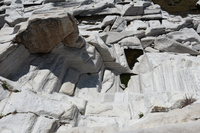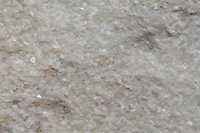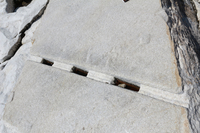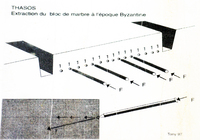Quarry of Group C. Quarrying Techniques
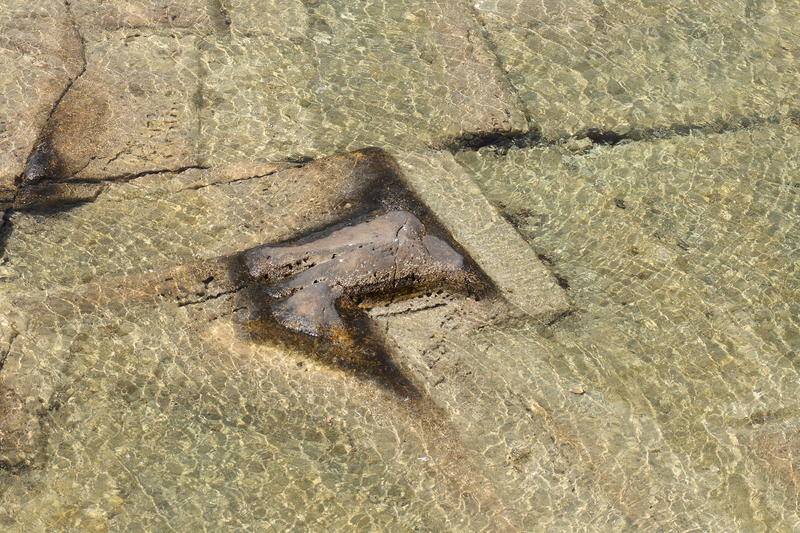

Today, due to the rise of sea level, the level of group C quarries is almost always covered with water. Nevertheless, the quarrying and detachment techniques of marble bulks are identified by the clues of marble bulks’ mining, left at several positions in the area.
According to the researcher of the French Archaeological School, Manuela Wurch-Közelj, once a year, on the second moon in the beginning of the year, the water recedes a lot and visitors can get closer to the areas of the quarries, which remain covered by the sea during the rest of the year.
In many positions of the area the removable marble bulks create images that are reminiscent of outdoor sculptures, giant stairwells, or even artificial pools! Everywhere though, the drilling points and the quarrying techniques of marble bulks are visible.
Until today, the great advantage of Thassos, is the white, coarse marble, with significant additions of mica, which gave shine at the points of intersection, but it was difficult to get mined. From the 6th century BC that is the Archaic period, the exploitation of marble, as a structural material starts, continues throughout the rest of antiquity (classical and Hellenistic period) and flourishes in Roman and early Christian times. In particular, the area of Alyki had an additional advantage, as ships could easily reach the rocky coast, due to the big depth of the sea. The extraction of marble in large pieces, which often exceeded 25 tones and their loading to ships, was also ensured. The technology of that time helped the transfer of marbles on cylindrical logs and their transshipment with cranes on board.
At this exact point, but also in many other points in the area, we clearly see the signs of the quarrying techniques on the marble blocks, during the ancient and early Christian times.
Quarrying techniques during the early Christian era
In the cited drawing, the quarrying technique which was in use during the early Christian era is visible.
Instead of using pins, the quarry workers opened small holes with a needle (ie a metal rod with a sharp tip which they hit with a small hammer, called epikopano) around the block that they wanted to detach of the bedrock. This technique is called pointillé (dotted, spotted) because it leaves traces like dots (in French points) on the marble. Although in Alyki, this technique is traced in the Roman-Christian quarries, it is generally known from archaic times.


